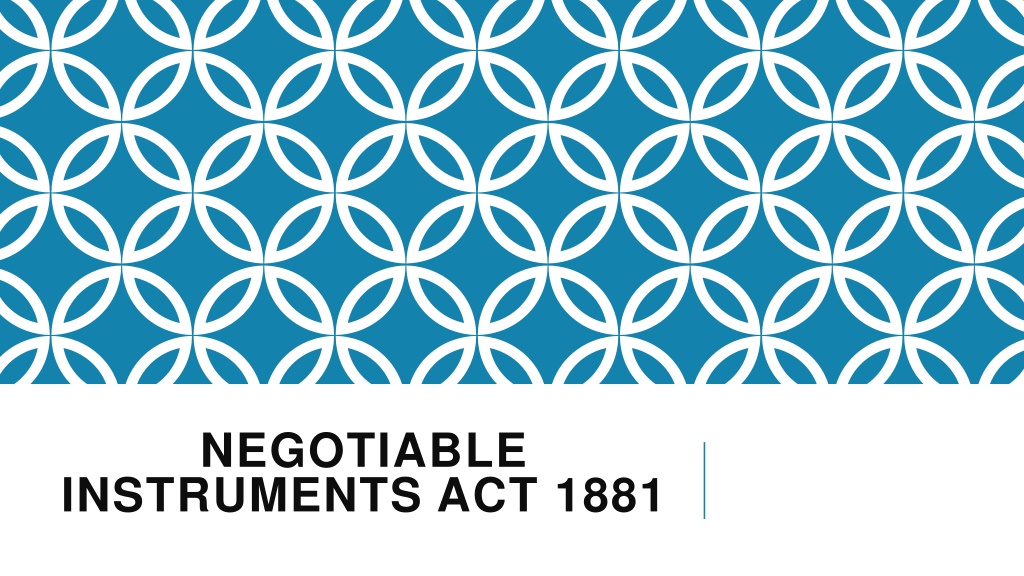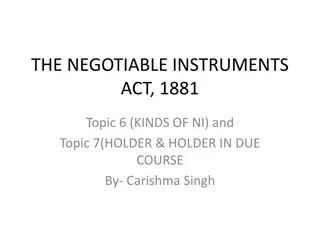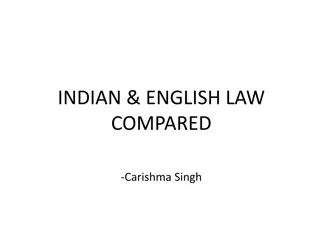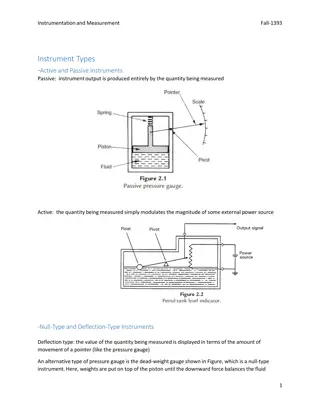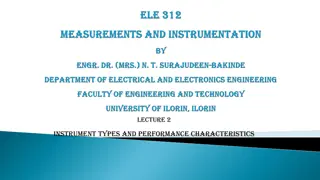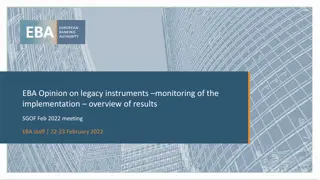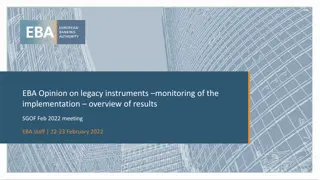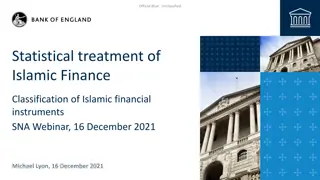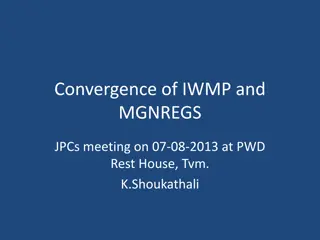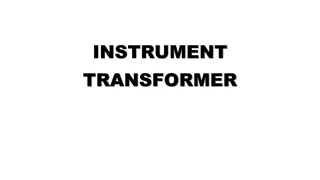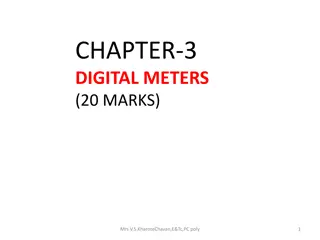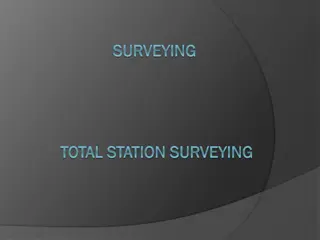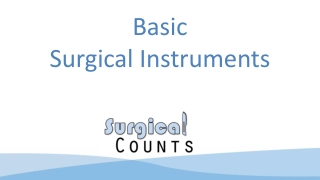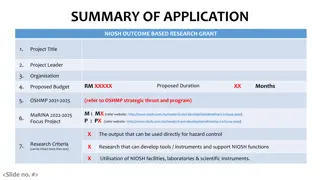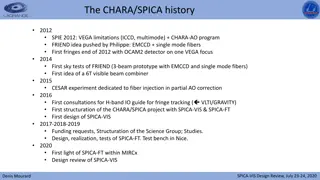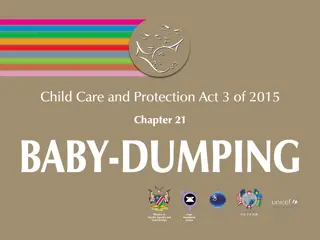Understanding the Negotiable Instruments Act 1881
The Negotiable Instruments Act of 1881 governs transferable written documents in India. It outlines the characteristics of negotiable instruments, such as payment methods and legal implications. Promissory notes, a key component, require specific features for validity. Learn more about this fundamental law that facilitates ease in financial transactions and debt assignment.
Download Presentation

Please find below an Image/Link to download the presentation.
The content on the website is provided AS IS for your information and personal use only. It may not be sold, licensed, or shared on other websites without obtaining consent from the author. Download presentation by click this link. If you encounter any issues during the download, it is possible that the publisher has removed the file from their server.
E N D
Presentation Transcript
NEGOTIABLE INSTRUMENTS ACT 1881
NEGOTIABLE INSTRUMENTS ACT The Negotiable Instruments Act was enacted in India in 1881. Prior to its enactment, the provisions of English Negotiable Instrument Act were applicable in India, and the present act is also based on English act with certain modifications. The act is applicable throughout India now including Jammu and Kashmir from the 1st of Marsh 1882. Negotiable means Transferable by delivery, and Instrument is a written document which creates a right in favour of any person. Therefore, a negotiable instrument is a written document which creates a right in favour of any person and which is Transferable by delivery.
THE ESSENTIAL CHARACTERISTICS OF A NEGOTIABLE INSTRUMENTS ENUMERATED BELOW: ARE It is a written document. Negotiable instrument payable to bearer is transfer merely by delivery, where as a negotiable instrument payable to order is Transferable by endorsement and delivery. The holder of a negotiable instrument can sue upon it in his own name. The consideration is not mentioned on the negotiable instrument. It is presumed that the negotiable instrument has been drawn for a valuable consideration.
THE ESSENTIAL CHARACTERISTICS OF A NEGOTIABLE INSTRUMENTS ENUMERATED BELOW: ARE It works in the same manner as money and, like money, it may also be transferred from one person to another. The transferor does not need to give notice to any person at the time of transferring the instruments. It is the simplest and most convenient mode of assignment of a debt. The title to the instrument received by a bonafide transferee is not affected by any defect in the title of the transferor.
PROMISSORY NOTES: Section 4 of the Act defines a promissory note as an instrument in writing. It contains an unconditional undertaking which is signed by the maker to pay of certain sum of money to, to the order of certain person, or to the bearer of the instruments. The person, who makes the promissory note, promises to pay and is called the maker. The person to whom the payment is to be mode is called the payee.
ESSENTIAL FEATURES: The following are the essential features of a Promissory note: The promise must be in writing. The promise must be signed by the maker or payer. The promise must be unconditional. The amount to be paid must be definite in terms of money. It must be payable on demand or at a fixed or determinable future date. It must be payable to a definite person. The Payee must be certain. Promissory note must bear stamp at the rate prescribed by law of a country. There are two parties a promissory note. i.e. Maker and Payee
BILL OF EXCHANGE [SECTION 5]: According to section 5 of Negotiable Instruments Act, 1881- A 'bill of exchange' is an instrument in writing, containing an unconditional order, signed by the maker, directing a certain person to pay a certain sum of money only to or to the order of a certain person, or to the bearer of the instrument. It is also called a Draft.
CHARACTERISTIC FEATURES OF A BILL OF EXCHANGE: 1. 2. 3. 4. 5. 6. 7. 8. 9. 10. Number, date and place are not essential. It must be in writing. It must contain an order to pay and not a promise or request. The order must be unconditional. There must be three parties, viz., drawer, drawee and payee. The parties must be certain. It must be signed by the drawer. The sum payable must be certain or capable of being made certain. The order must be to pay money and money alone. It must be duly stamped as per the Indian Stamp Act.
CHEQUE [SECTION 6] According to section 6 of Negotiable Instruments Act, 1881- A cheque is defined as 'a bill of exchange drawn on a specified banker and not expressed to be payable otherwise than on demand . Thus, a cheque is a bill of exchange with two added features, viz.: It is always drawn on a specified banker; and It is always payable on demand and not otherwise.
ESSENTIALS OF CHEQUE: 1. In Writing: The cheque must be in writing. It cannot be oral. 2. Unconditional: The language used in a cheque should be such as to convey an unconditional order. 3. Signature of the Drawer: It must be signed by the maker. 4. Certain Sum of Money: The amount in the cheque must be certain. 5. Payees Must be certain: It must be payable to specified person. 6. Only Money: The payment should be of money only. 7. Payable on Demand: It must be payable on demand. 8. Upon a Bank: It is an order of a depositor on a bank.
